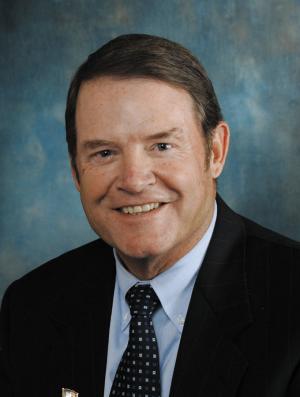We must efficiently deliver wholesale power within competitive regional markets.
Michael G. Morris is chairman, president, and CEO of American Electric Power.
When President Eisenhower was growing up in Kansas, he saw America’s byways and back roads develop to meet point-to-point needs, eventually forming a loosely connected national interstate highway network.

The U.S. electric transmission system has similar roots, and it needs a similar vision to meet the needs of the 21st century.
Eisenhower realized the value of good highways in 1919 when he participated in the U.S. Army’s first transcontinental motor convoy from Washington, D.C., to San Francisco—a 62-day trip. During World War II, he crystallized his vision of an interstate highway system based on Germany’s autobahn. In 1956, Eisenhower signed the Federal-Aid Highway Act, creating the highway system we enjoy today.
Eisenhower envisioned vast societal benefits for national defense, economic development, and personal safety. He did not get bogged down in structural or control issues. He saw a solution and moved to implement his vision.
Evolution of Transmission
The nation’s transmission system has evolved from a series of source-to-load needs, but there were exceptions. In 1966, for instance, American Electric Power (AEP) announced plans to build an interstate 765-kV system to enable diverse siting of a new era of 1,300-MW generating units.
